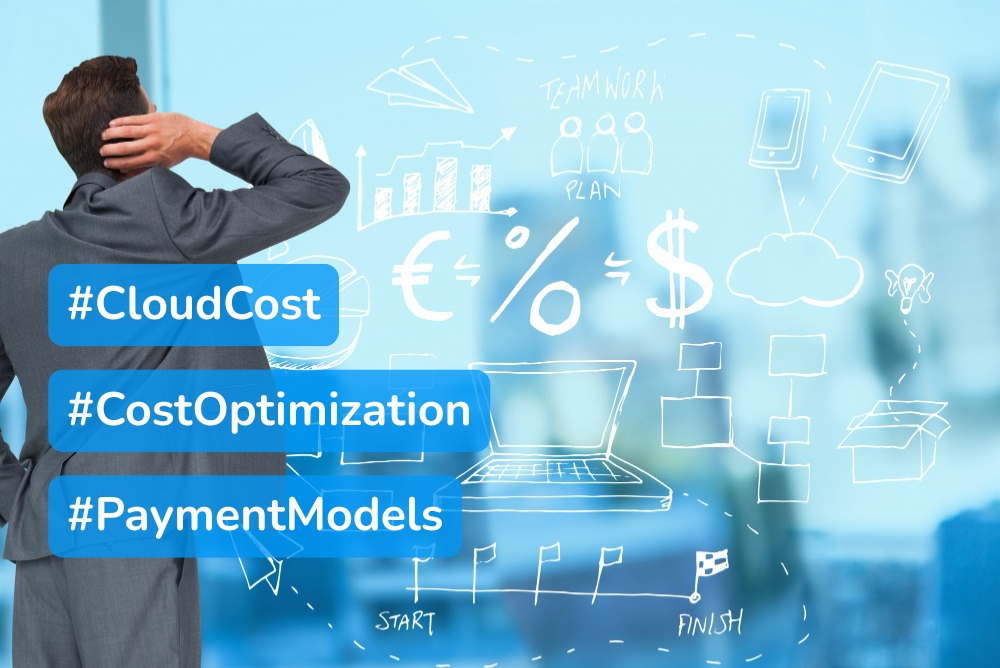Cloud Costs – How to Effectively Control Them?

Managing cloud-related costs is one of the primary concerns for companies adopting cloud services. Is it possible to control them? What should you do if you exceed your cloud budget? What do you need to consider when moving to the cloud?
1. Understanding Cloud Cost Structures
To effectively manage cloud costs, the first step is to understand the pricing models offered by cloud providers (e.g., AWS, Azure, Google Cloud). Once you’ve chosen your cloud infrastructure, it’s essential to utilize analytical tools such as AWS Cost Explorer or Azure Advisor. These tools help track expenses and identify potential savings opportunities.
2. Identifying Unused Resources
Many organizations are paying for resources that are no longer in use. Regular audits and using tools to identify inactive instances or virtual machines can significantly lower costs. Turning off or removing unused resources is an easy way to reduce expenses.
3. Choosing the Right Payment Models
Cloud providers offer a variety of payment models, such as On-Demand, Reserved Instances, and Spot Instances. It’s worth getting familiar with these models and selecting the one that best matches your workload and expected usage. The right choice can result in significant savings.
4. Automation and Scaling
Automation plays a vital role in managing cloud costs. Tools like AWS Auto Scaling or Azure Monitor enable dynamic adjustments to resources based on demand, helping to manage costs more effectively.
5. Monitoring Data Transfer
Data transfer costs can sometimes be surprising. It’s crucial to design applications with these costs in mind and continuously monitor and optimize network traffic. Tools such as Amazon CloudWatch or Azure Monitor allow you to track data transfer and optimize expenses.
6. Setting Policies for Resource and Access Management
Establishing clear rules for using cloud resources and managing user access is necessary for effective cost control. Setting up resource tagging policies allows better tracking of costs related to specific projects or teams. Tools like AWS Identity and Access Management (IAM) help restrict access, minimizing the risk of unnecessary and costly configurations.
7. Regular Analysis and Strategy Adjustment
Cost optimization is an ongoing process. Regular reviews of expenses and adjustments to strategies based on evolving business needs are key to maximizing cloud investment value. It’s crucial to work with a partner who can help you continuously monitor and optimize your cloud infrastructure.
The seven steps outlined above are just the beginning of managing cloud costs effectively. To truly take control, you’ll need to continuously evaluate resource usage, use cost optimization tools, and implement actions that enhance the value of your cloud infrastructure.
Let’s Discuss Cloud Cost Solutions
If you’re looking to optimize your cloud costs, let’s talk about what can be done for your business. Get in touch with us to explore cloud solutions and effective cost management strategies.
About the Author:

Monika Szeja
Business Development Manager at Trek2Summit
As a Business Development Manager, I focus on building strong client relationships and driving business growth. I'm passionate about understanding customers' needs and helping solve their challenges through AWS and Microsoft cloud solutions.

